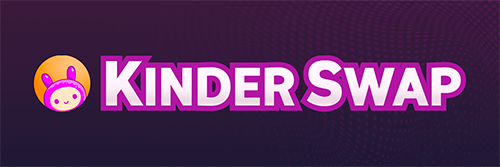Although relatively new, decentralized trade is already being affected by the presence of bots. Users of a DEX recently reported the existence of bots that carry out simultaneous arbitrage operations on several DEXs, which allows the operators of these bots to get ahead of the orders of the users and ensure that their operations are executed before.
Although these bots can be very profitable for their operators, they are harmful to the ecosystem of DEXs. The problem is exacerbated because providers of cryptocurrency exchange services are not willing to invest in protecting the data of their clients and the money of the clients is not protected by regulation. This means that both money and data are at the disposal of bot operators, and that these operators can use this data to generate profits at the expense of users.
DEXs are at a crossroads. On the one hand, they need to improve their systems to protect both data and money from their users. On the other hand, they need to attract more users to maintain their position in the market. Meanwhile, bot operators will continue to take advantage of the situation.
Front-running bots in DEXs work by monitoring the orders of the users and executing their own before those of the users are executed. This allows them to make profits at the expense of the users.
There are different types and configurations of Front-Running that to some extent annul the configurations in the cryptocurrency contracts to mitigate them. And in other cases, you do not want to have to rely on a third-party service in something like the smart contract code (which is immutable) and yet these protections can also be broken, through different methods. You can also sometimes find some suggestions that are counterproductive to include in a serious contract and that can be maliciously manipulated in the future or not be error-free.
In networks like Ethereum we have some interesting tools to help mitigate bots and make it difficult to predict transaction processing in the mempool (at user and developer level), such as Flashbots Protect, Eden Network, etc. In BSC we are still researching tools that work as intermediaries between DEX (such as PancakeSwap) and the BEP-20 cryptocurrency.
There is no guaranteed way to beat bots on BSC at 100%, but there are some strategies that can help at user and investor level.
One is to trade large orders in small parts over time, making it more difficult for bots to predict your intentions.
You can try trading at times when there is less activity and it is less likely that bots will be online.
By increasing the transaction gas, the front running bots will have to pay more for their operations, making them less profitable. It is also possible that a bot is configured with a gas limit, so it will not be able to execute the transaction before the user.
You can try trading at times when the network is less congested, as this can make it difficult for bots to carry out their operations on time.
Most DEXs allow you to set a maximum slip tolerance. This is the maximum deviation from the expected return that you will allow, such as 0.5%. If, for example, you expected a return of 100 BUSD for your order, you might only receive 99.5 BUSD if your slippage is set at 0.5%. But this deviation can be much greater if you set a higher slip tolerance. Keep your maximum slippage low, between 0.1% and 1%. The larger your order, the lower you will want to keep your slip. Front-running bots love high slips and large orders!
Wait for these tips to be useful
Greetings!







